
Intro
When considering a new running shoe, there are so many similar-looking shoes on the market being made by so many different companies, it is virtually impossible to (1) know where to begin; (2) quickly figure out which one or two products from a given brand might work well for you; and (3) determine what products from other brands might be the most similar and also worth considering.
So in our new “Blister Brand Guide” series, we provide an overview of the entire product lineup of a brand; highlight how each product stands out from the rest of that brand’s lineup; and help you figure out quickly and easily which shoe might work best for you.
In our individual product reviews, we go very deep into the details of particular products. With these Brand Guides, the goal is not Depth, but Breadth. Our Brand Guides and full reviews are designed to complement each other — provide a broad overview of entire company lineups, and then also very detailed reviews of individual products.
The North Face: Brand Background
The North Face is a storied brand with a history inseparable from mountain sports. Founded in San Francisco by Doug Tompkins in 1968, the company spent its first few seasons selling predominately climbing equipment. As the years progressed, The North Face’s success widened its breadth, and the brand graduated from harnesses and ropes to backpacks, expedition tents, outerwear, and eventually their first line of run-specific apparel, “Flight Series,” which launched in 2006.
Though The North Face has made trail shoes for quite some time, they’ve been viewed by many as secondary to their performance wear. As a brand, The North Face has a reputation for producing paradigm shifting pieces of gear, like their Rucksack, which was one of the first internal frame backpacks, or their Oval InTENTion shelter, a tent that changed the way designers thought about A-shaped tents. As players in the trail space witness to the sport’s emphatic rise over the last decade, it was only a matter of time until creatives at The North Face directed their inventiveness in the direction of running shoes.
In 2021, The North Face launched 3 new sibling trail shoes to showcase their “VECTIV” technology, a patented platform uniting all of their disparate models. VECTIV is more of an approach to shoe design than a piece of hardware; it essentially consists of combining a performance plate made from either carbon fiber, Pebax, or TPU with a rocker midsole. This pairing was central to The North Face’s first 3 models, and each shoe — the VECTIV Enduris, the VECTIV Infinite, and the VECTIV Flight — was then tuned specifically for different types of trail running. A framework like this preserves similarities across models while still notionally offering precision for things like distance, terrain, and speed. In 2023, The North Face rolled out “Vective 2.0,” an updated version of their original system marked by the addition of a forked carbon footplate and high-rebound superfoam.
In general, North Face VECTIV shoes keep a pretty narrow aperture in terms of their design. Heel stack heights range from 21 mm to 32 mm, lug lengths hover between 3.5 mm and 5 mm, and heel-to-toe drops settle in at 6 mm for most of their models. While every North Face shoe has a pronounced rocker geometry, it’s more subtle in models that use less rigid materials for their performance plates. Those models also tend to have better ground feel, but offer less protection. And while The North Face VECTIV shoes have had a reputation for running narrow, several models in their 2023 lineup benefit from an updated D-width last that should theoretically accommodate a broad set of foot shapes.
The North Face’s VECTIV line is still relatively nascent, but growing quickly. After only a few years in the game, the principle models they currently have on offer introduce an impressive amount of features, indicative of the brands recommitment to making high performance footwear. In this breakdown, we’ll go through the design of each of The North Face’s shoes and speak to their intended purpose.
TRAIL SHOES
(Most Cushioned to Least Cushioned)
Most Cushion
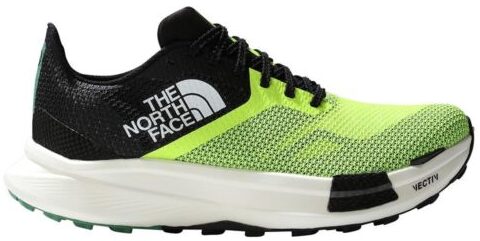
Stack Height
- Heel: 32 mm
- Toe: 26 mm
Drop: 6 mm
Stated Weight
- Men's: 287 g
- Women's: 242 g
MSRP: $250.00
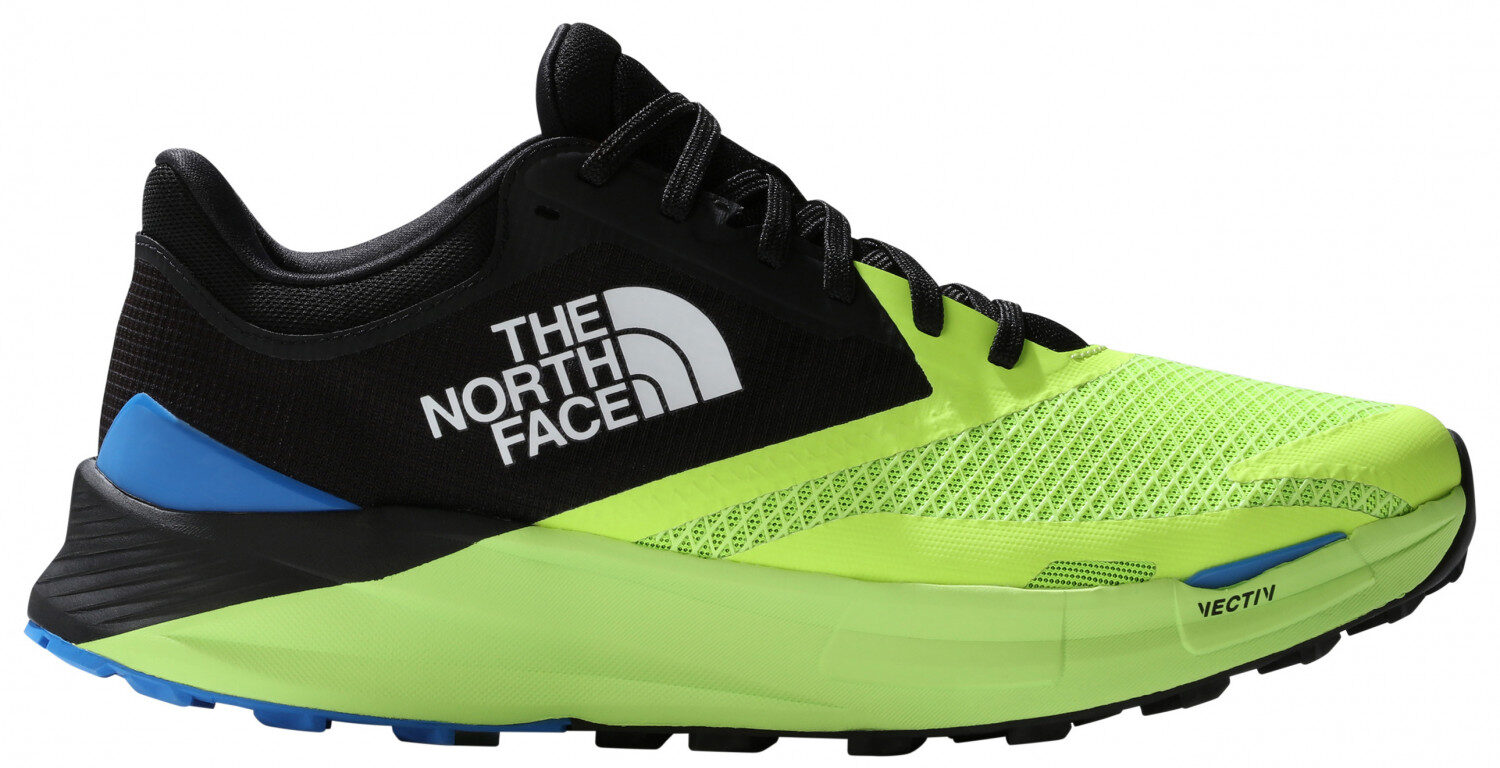
Stack Height
- Heel: 31 mm
- Toe: 25 mm
Drop: 6 mm
Stated Weight
- Men's: 307 g
- Women's: 257 g
MSRP: $ 149.00
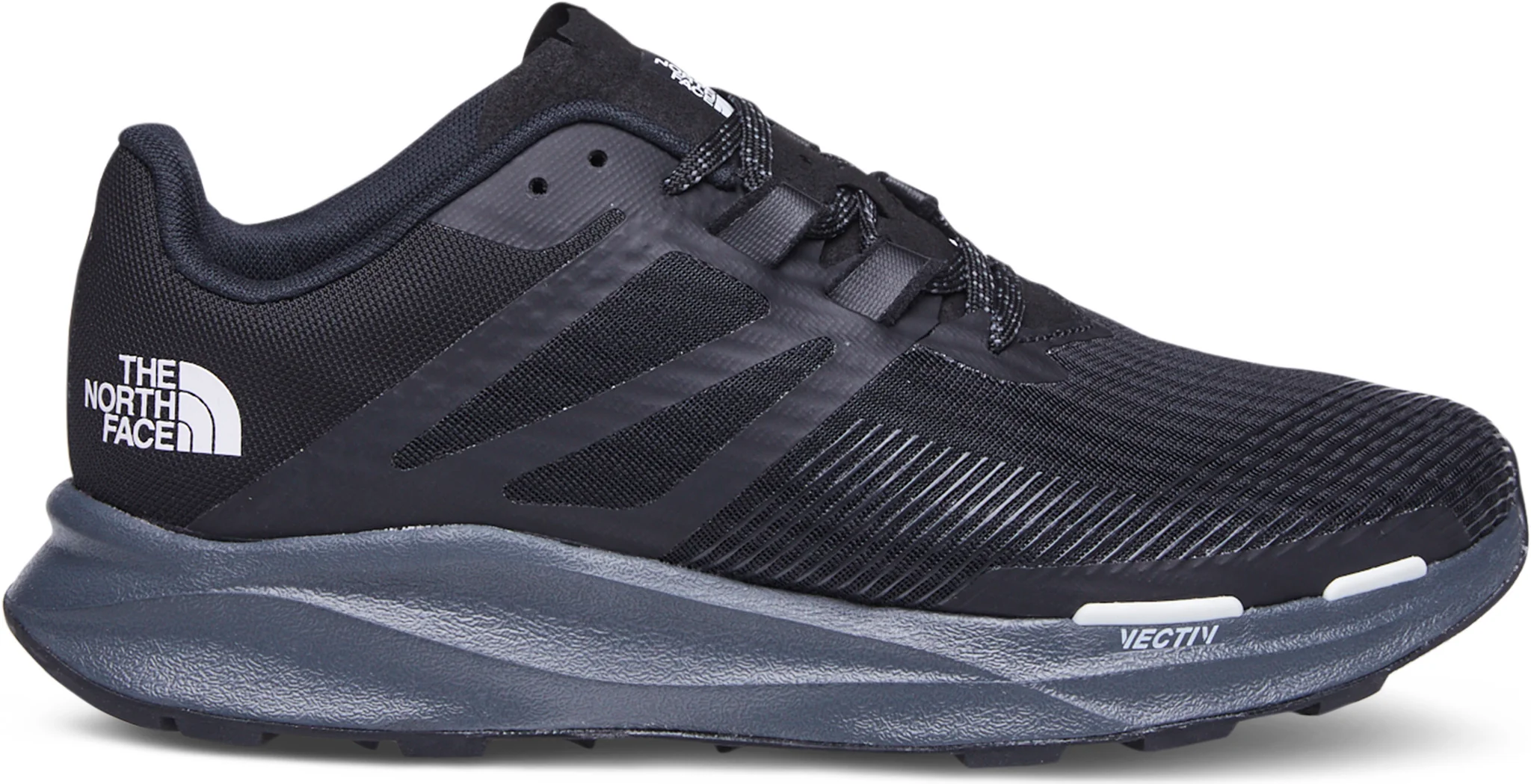
Stack Height
- Heel: 30 mm
- Toe: 24 mm
Drop: 6 mm
Stated Weight
- Men's: 297 g
- Women's: 255 g
MSRP: $129.00
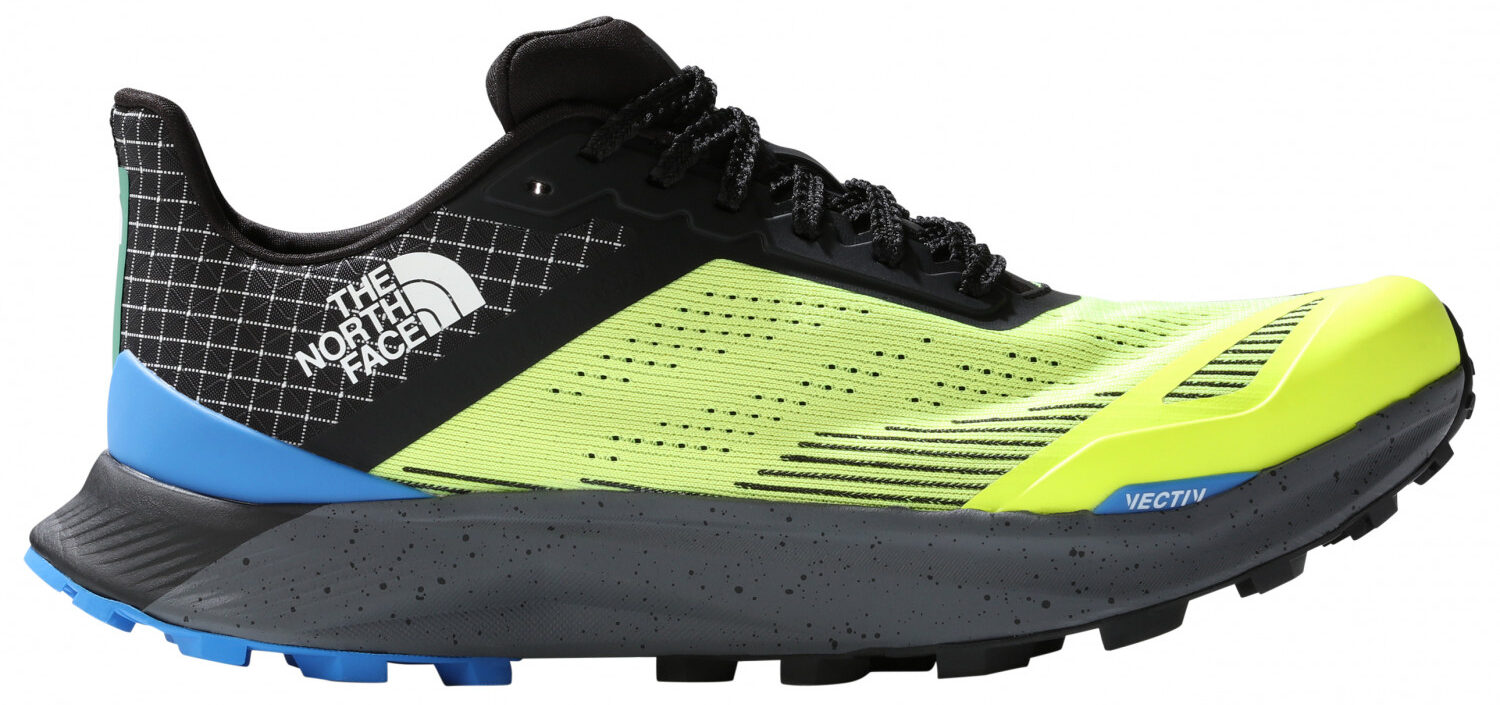
Stack Height
- Heel: 28 mm
- Toe: 22 mm
Drop: 6 mm
Stated Weight
- Men's: 307 g
- Women's: 270 g
MSRP: $169.00
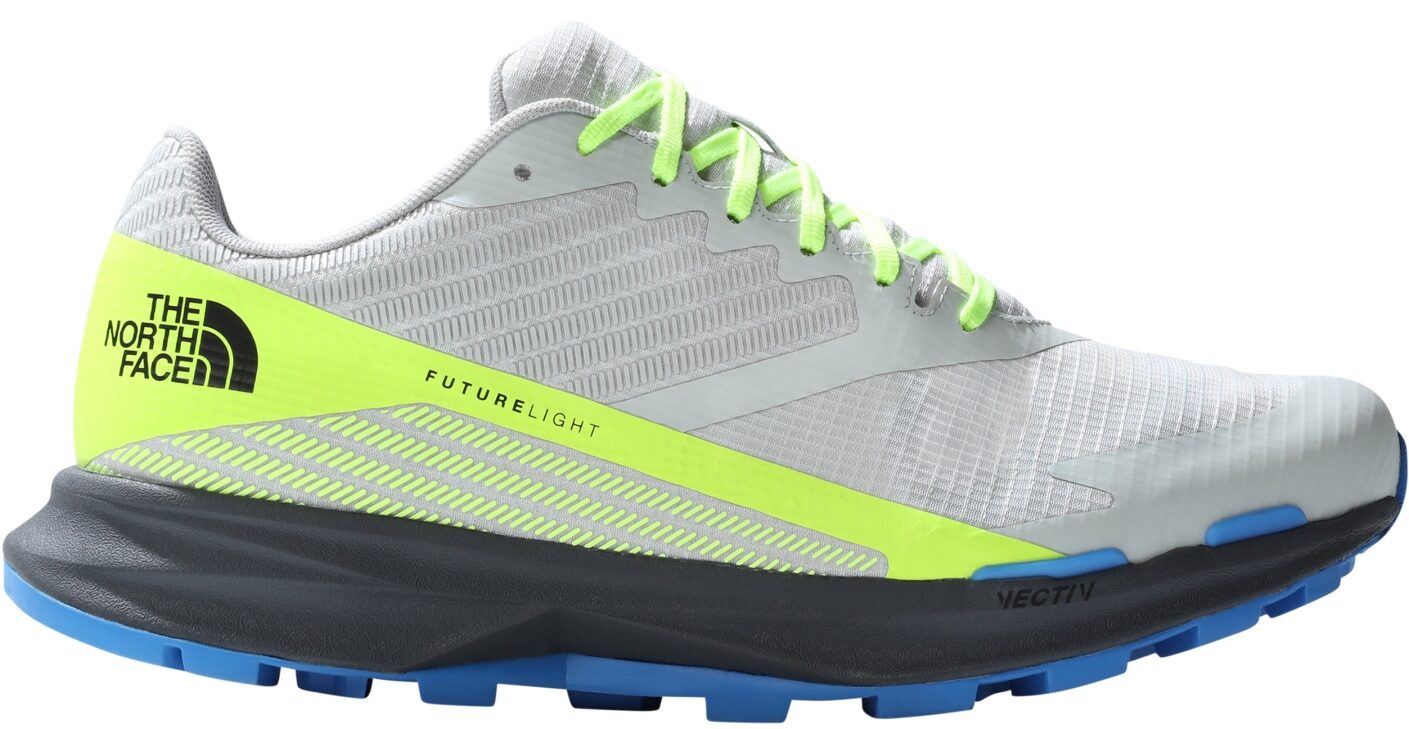
Stack Height
- Heel: 26 mm
- Toe: 20 mm
Drop: 6 mm
Stated Weight
- Men's: 318 g
- Women's: 278 g
MSRP: $149.00
Least Cushioned
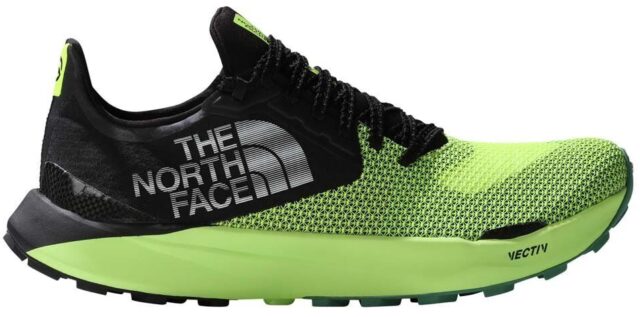
Stack Height
- Heel: 21 mm
- Toe: 17 mm
Drop: 4 mm
Stated Weight
- Men's: 272 g
- Women's: 227 g
